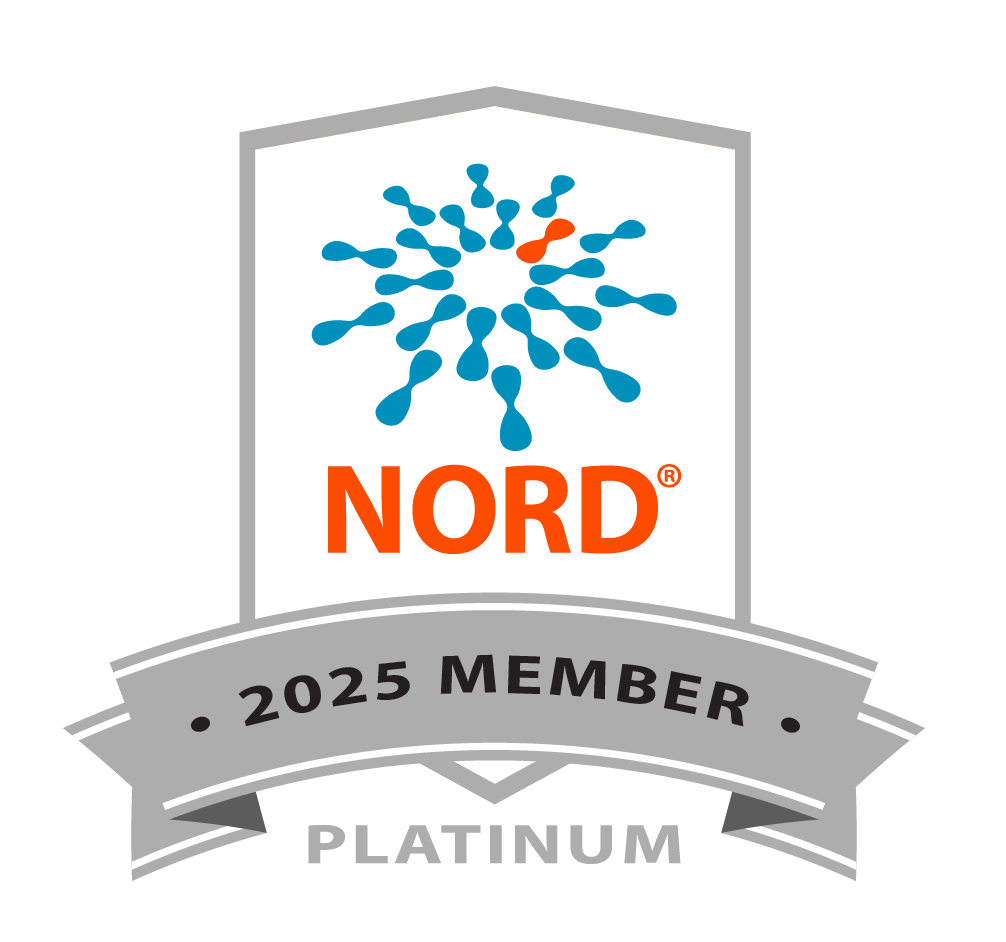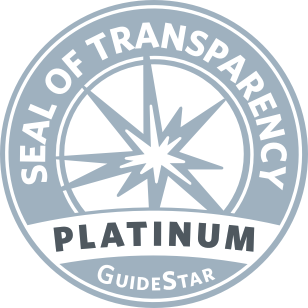How Evolution is Leading to Gene Therapies for More Retinal Diseases
Research News
An innovative genetic-engineering approach called “directed evolution” to find optimal gene-delivery systems based on adeno-associated viruses (AAVs).

Dr. John Flannery
At first blush, gene therapy for retinal diseases seems so simple: Inject a tiny drop of liquid containing good copies of a gene to replace the bad, and you're home free. Vision is saved, and, in some cases, it's even restored.
But the reality is: Developing gene therapies that are safe, effective and long-lasting is very challenging in our world of genetically diverse retinal degenerations. Scientists have to design a delivery system that gets the genes to the right types of cells across the entire retina, but without affecting other cells.
Depending on the disease, the targeted cells could be rods, cones, Muller cells and/or retinal pigment epithelial cells.
For restoring vision to a nonfunctional retina using optogenetics, researchers may need to target bipolar or ganglion cells. For some diseases, the therapeutic gene is relatively large, so a special system with more capacity is needed to get it into the retinal cells.
And then there is often the question: Do we inject the treatment underneath the retina, or can we administer it more safely through an injection into the vitreous, the "jelly" in the middle of the eye?
No one is more on top of these challenges than John Flannery, Ph.D., at the University of California, Berkeley. He recently gave an outstanding inaugural Edward H. Gollob Keynote Lecture on the overall progress being made in several aspects of gene therapy development at RD2014: The 16th International Symposium on Retinal Degeneration in Pacific Grove, California.
John discussed how he and his team are developing an innovative genetic-engineering approach called "directed evolution" to find optimal gene-delivery systems based on adeno-associated viruses (AAVs).
In simple terms, directed evolution involves the random creation of millions of variations of the virus to find those with the desired properties. In many cases, the variations are in the capsid — the shell of the virus — which determines how well it can penetrate cells.
Because this is really just a massive laboratory-based acceleration of the evolution of viruses seen in nature, it's an approach that would have impressed Darwin, if he was still around.
John's grand plan is to create an armamentarium, if you will, of different strains of AAVs that gene-therapy scientists can pick and choose from, off the shelf, when developing treatments for specific retinal diseases. Such a resource would be invaluable and save enormous amounts of time, effort and money.
I'd like to note that John's lecture was named in honor of Ed Gollob, president of the Foundation's board of directors, who is not only a long-time supporter of the symposium, but who has been generously funding retinal research for four decades. From here on out, this keynote lecture will occur at every RD Symposium. If you have never met Ed, he is a well-spoken, gregarious leader with a take-no-prisoners enthusiasm for finding treatments and cures. Darwin would have been impressed with him as well.
While the annual meeting of the Association for Research in Vision and Ophthalmology (ARVO) gets a lot of play in the media — and deservedly so, because it attracts more than 12,000 international eye researchers — RD2014, which convened nearly 300 researchers, is all about retinal degenerations, and therefore very important to FFB's scientific community. In fact, most of the presentations made during the meeting covered research that was funded by the Foundation.
I am proud to report that, this year, FFB provided 13 young investigators with travel grants, so that they could attend the event and learn the complex science and make a stronger connection to researchers developing vision-saving treatments and cures.
You can learn more about the RD2104 symposium by visiting its website.





